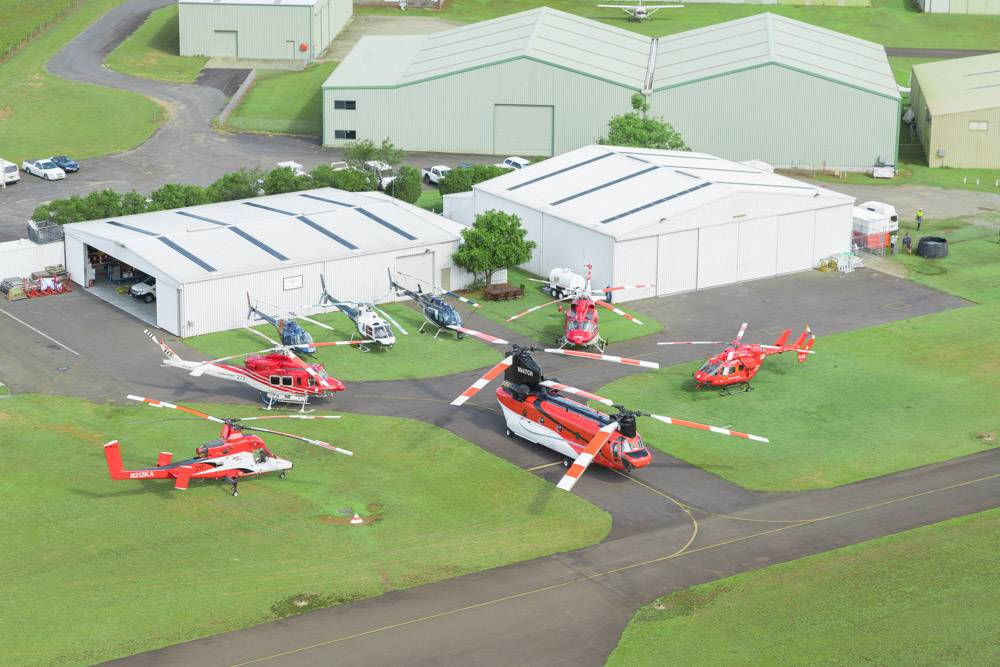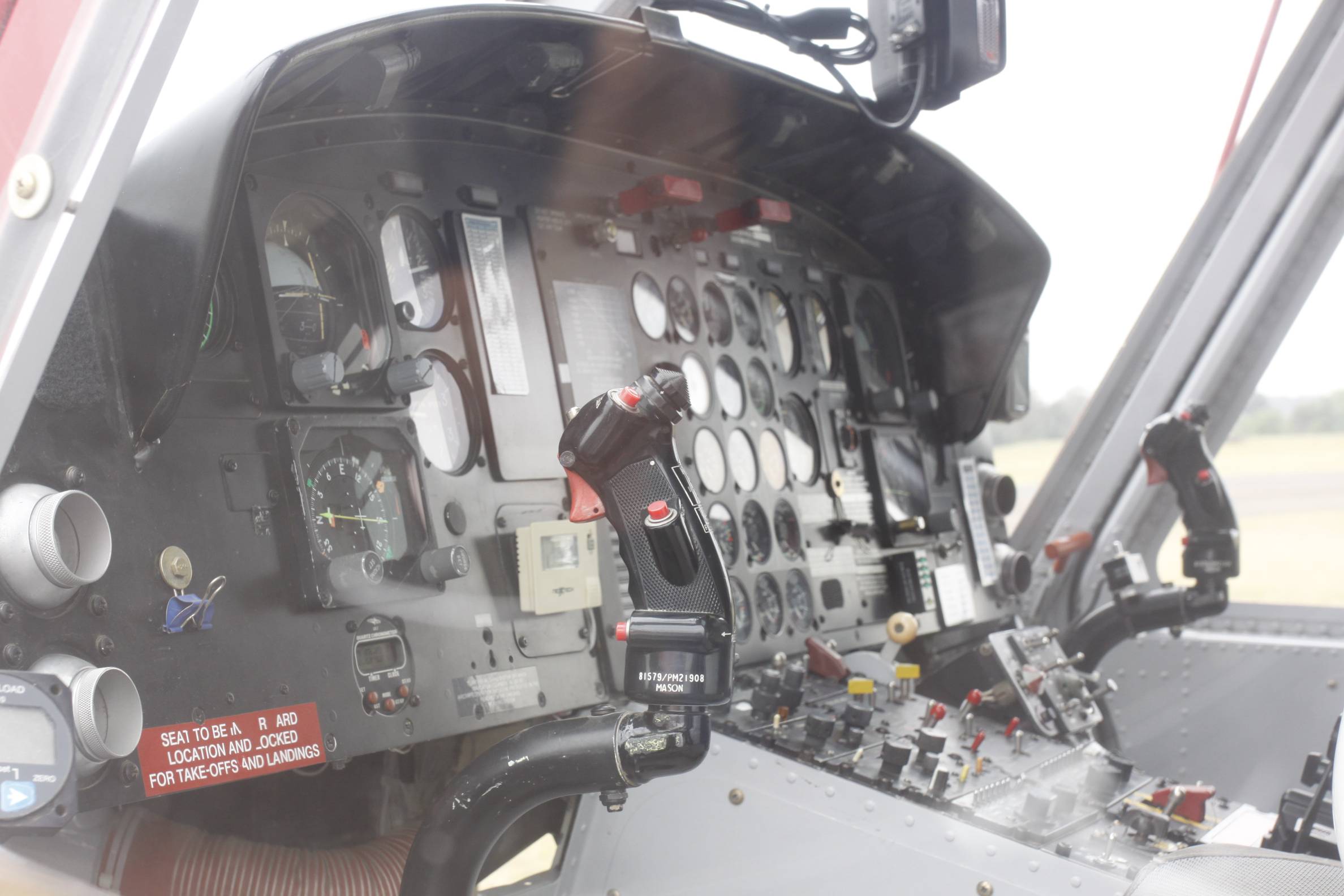Pilot Training School
United Aero Training (UAT) offers a unique opportunity to train within a “real world” commercial environment. You will be surrounded in the day to day workings of United Aero Helicopters (UAH), its operational pilots and crew.
UAT instructors have extensive “real life” commercial experience in various aircraft, environments and roles, both locally and throughout the world. The instructors’ main priority is the flight school, but remain commercially current by continuing to work in the UAH operations, giving them the ability to impart this knowledge and relate your lessons to realistic everyday tasks.
UAH operates a large fleet of aircraft throughout Australia, enabling the possibility of building experience ferrying a variety of aircraft. This is a great way for junior pilots to gain exposure to different environments while increasing their knowledge and hours.
These include AS350 BA, B2 & B3 Squirrel helicopters, Bell 206 Jet Ranger & Long Ranger models, Augusta 119 Koala, Kawasaki BK117 medium helicopters and our latest addition of the UH-60 Blackhawk. For training we mainly use the Robinson R22 and R44 to help reduce cost to the student. Our management team has vast experience in the operation of a mixed fleet over remote areas including operations in developing countries.
Next door to the training facility is the UAH maintenance division. This means students will be able to see helicopters in all states of repair, internals of engines, gear boxes, instrument panels, to name a few. Our engineers have a wealth of knowledge and may very well show or tell you something that will assist you in the future.
Camden Airport
Camden Airport is located southwest of Sydney and provides the ultimate training ground for new students. You will experience ‘Class D’ radio procedures, multiple runway operations, easy access to the Sydney Basin training area and a big area for the fun stuff like low level operations.
While it can be busy on weekends, it’s nowhere near as busy as Bankstown Airport. What does this mean to a student:
- Less waiting time for clearances.
- More training time.
- Less workload (stress) with radio procedures.
UAT is the only flight school that has 3 dedicated low level flying areas within 5 minutes flight from UAT base. This means when it comes time for lessons like Confined Areas, you will have a 10 minutes return trip, giving you more time to concentrate and practice the lesson at hand.
Helicopter Pilot Employment Opportunities
Helicopters represent 15% of the 15,000 aircraft registered in Australia. This number is predicted to double in the next 10 years with the growing demand for Australia’s energy resources.
The market for commercial helicopters is quite competitive and finding that first job is not always who you know, what you know and your attitude. This is where UAT can provide an additional level of difference. We clearly lay out what we expect of professional pilots, as an employer, throughout your training and you will no doubt meet numerous industry professionals in the process. Including but not limited to pilots (local & international), crewmen, engineers, industry representatives and clients of UAH
AERONAUTICAL EXPERIENCE REQUIREMENTS
Reference: CASR part 61 Flight Crew Licencing
- 61.550 – Private pilot licence helicopter
- 61.615 – Commercial pilot licence helicopter
Definitions:
- PIC – Pilot in Command
- CPL(H) – Commercial Pilot Licence (Helicopter)
- PPL(H) – Private Pilot Licence (Helicopter)
- Cross-country – A flight along a preplanned route during which the pilot uses geometry, topography or radio navigation aids to determine the aircraft’s position and course.

Each of the minimums for the PPL is inclusive of the number below it. You must have 40 hours of aeronautical experience, of which 35 must be in a helicopter


THE PROCESS
The process and order in which you obtain your license will vary with each student, and UAT will help customise your training course, however, the first steps are the same for all.
1. Apply to CASA for your Aviation Reference Number or ARN. This is a unique number similar to your car license number and will be used throughout your entire flying career.
2. Although you don’t require your medical until your first solo flight, it is recommended you complete this as soon as possible. The last thing you want to do is start your flight training then realise you have a medical condition that may prevent you from continuing.
The next step is to decide what course of training best suits you. Our instructors can go through each of the options below and walk you through the pros and cons of each:
- Complete all theory exams (get them out of the way) prior to flight training.
- Complete the theory exams and flight training at the same time.
- Complete all your ab-initio training (up to completing 10hrs solo general handling) then complete the theory and exams.
One of our points of pride is that we train all our students, both private and commercial, to a professional standard. At the end of the day, we all share the same sky, we want all pilots to be just as capable of making safe, well-informed decisions both in the air and on the ground. With that in mind, we know not everyone learns at the same rate or the same way, so we don’t have fixed time slots for our lessons; to provide you with thorough 1 to 1 training for a professional level pilot.
We can also provide tutoring for the theory component of your flight training on request.
Why no VET FEE HELP?
We at United Aero Training, after much consideration, have made the decision not to offer VET FEE HELP for our training. Please call us to ask why we have made this choice and what it means for you.



